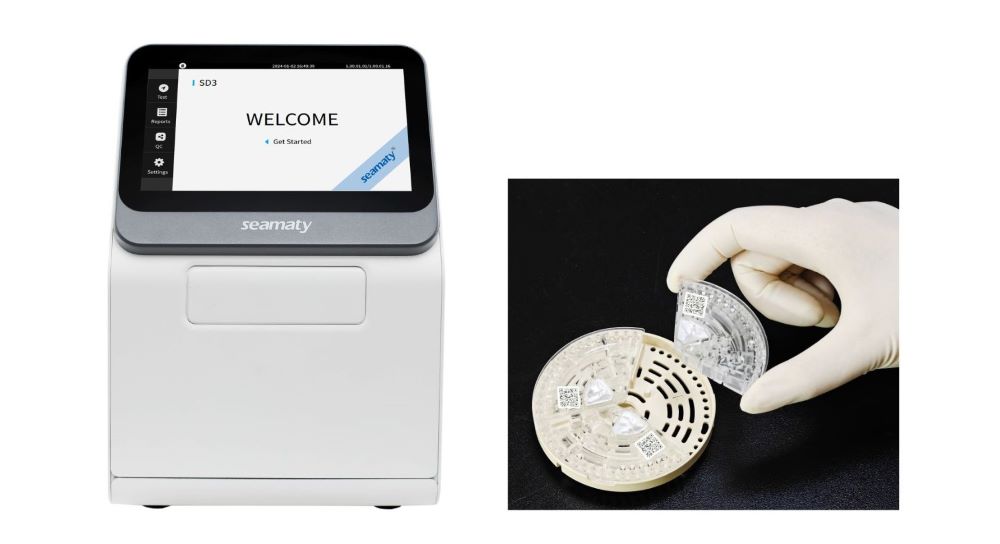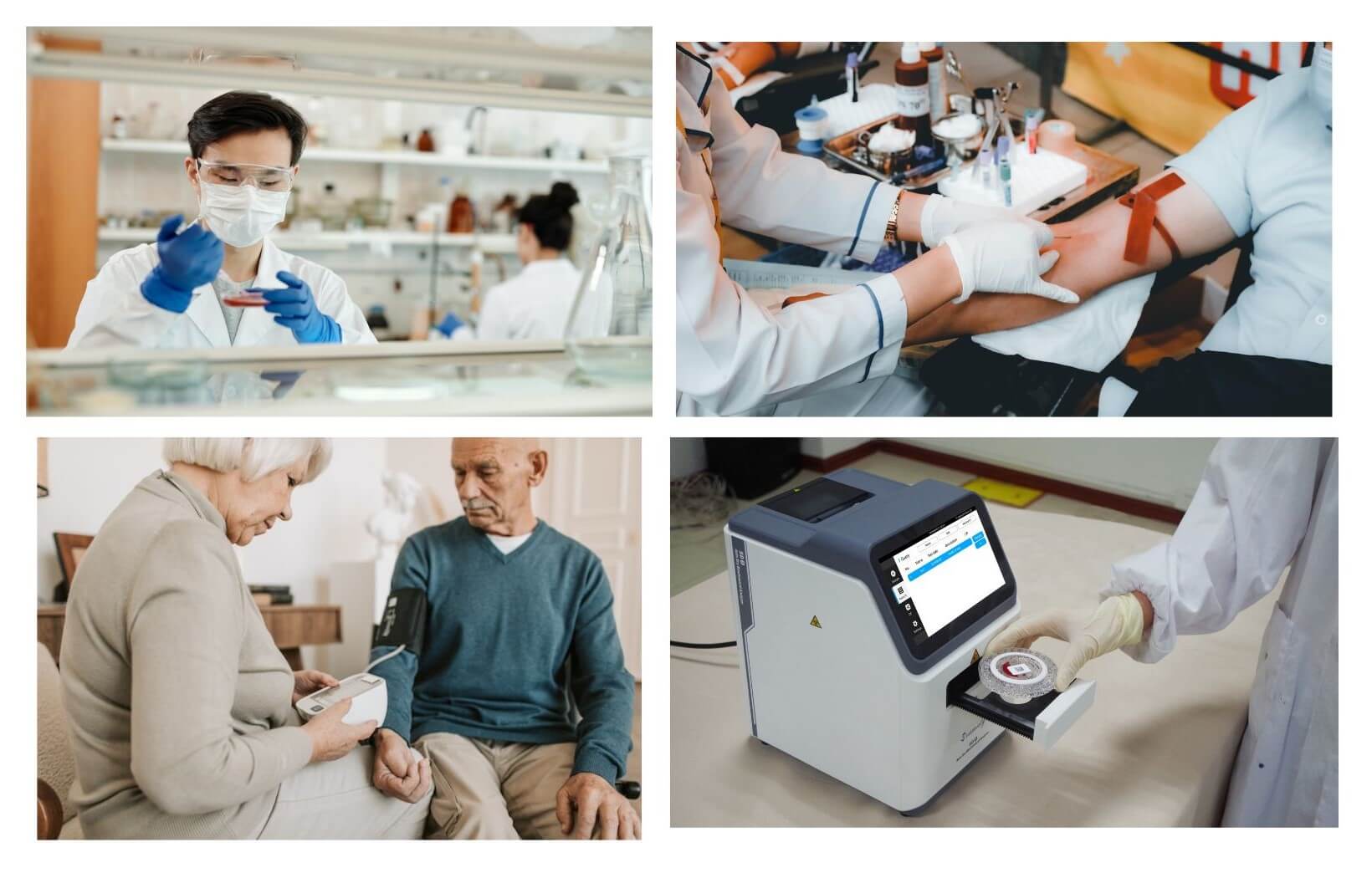release time:2022-05-25 15:24:57
Medical diagnostic instruments have a wide range of product categories, as simple as thermometers and as complex as MRI machines. In recent years, the aging population, the emergence of chronic diseases, infectious diseases and pathogens, and the market demand for rapid diagnostic results have driven the rapid growth of the diagnostic market.

According to statistics, microfluidics for POCT and clinical diagnostics is expected to grow by more than 22% by 2025. Due to the advantages of microfluidics-based diagnostic instruments with high integration, high test accuracy and rapid testing, more and more medical institutions and hospitals are adopting devices that use microfluidics in their diagnostic equipment.
The development of in vitro diagnostic industry worldwide has gone through a process of technological innovation, renewal and iteration. New rounds of technology will be generated in the future as the industry continues to reshuffle and the market demands for quality continue to increase.

2024-04-29
Cut costs & boost lab efficiency with the Seamaty SD3! This automatic chemistry analyzer uses fan-shaped reagent panels to run 3 tests at once, saving time & money. Improve workflow, get faster results, & enhance patient care. Learn more about the SD3!

2023-07-12
Learn about private, hospital, point-of-care, and home medical laboratory testing. Understand their functions, benefits, and contributions to accurate diagnostics and patient care.

2022-03-04
This article introduces the latest advanced technology and the performance advantages of each major component parameter of the current fully automatic biochemistry analyzer.